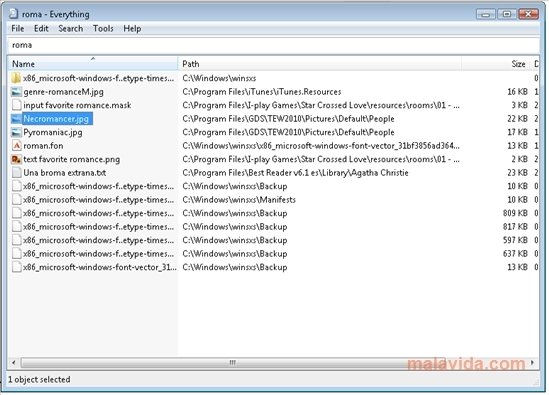

Use the 6resmon command to identify the processes that are causing your problem. Should you experience an actual problem, try to recall the last thing you did, or the last thing you installed before the problem appeared for the first time. Always remember to perform periodic backups, or at least to set restore points. This means running a scan for malware, cleaning your hard drive using 1cleanmgr and 2sfc /scannow, 3uninstalling programs that you no longer need, checking for Autostart programs (using 4msconfig) and enabling Windows' 5Automatic Update. Therefore the technical security rating is 46% dangerous but you should also compare this rating with the user reviews.īest practices for resolving Everything issuesĪ clean and tidy computer is the key requirement for avoiding problems with Everything. The program has no visible window.Įverything.exe is able to record keyboard and mouse inputs. Everything.exe is not a Windows system file. It is a service (Everything) running invisible in the background.Įverything.exe is a file with no information about its developer. Known file sizes on Windows 10/11/7 are 1,441,792 bytes (35% of all occurrences), 1,048,576 bytes and 31 more variants. The Everything.exe file is located in a subfolder of "C:\Program Files" or sometimes in a subfolder of the user's "Documents" folder or in a subfolder of Windows folder for temporary files (mostly C:\Program Files\Everything\). The process known as Everything or everything belongs to software Everything or ExplorerMax by voidtools or David Carpenter.ĭescription: Everything.exe is not essential for the Windows OS and causes relatively few problems. Everything.exe file information Everything.exe process in Windows Task Manager


 0 kommentar(er)
0 kommentar(er)
